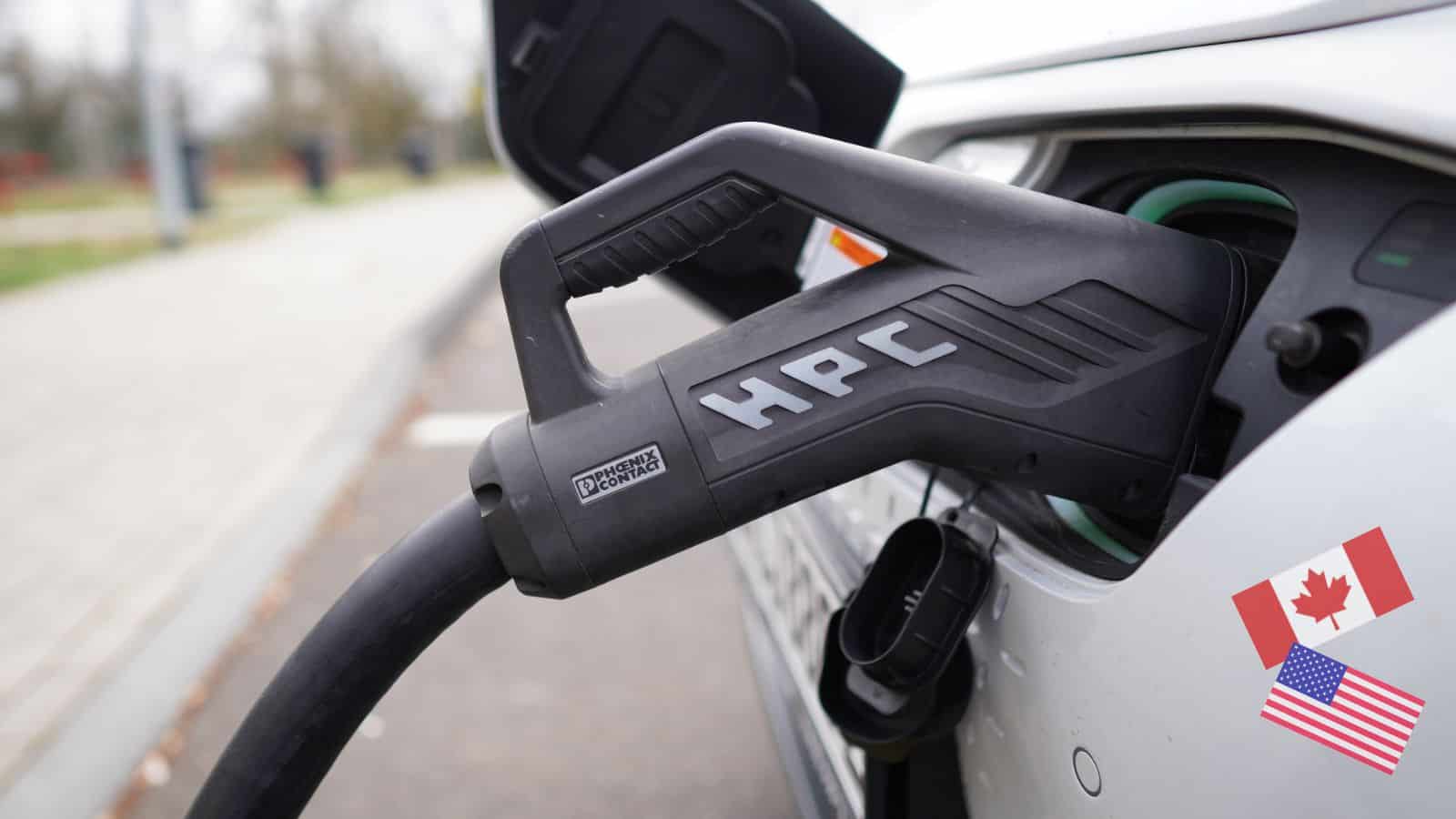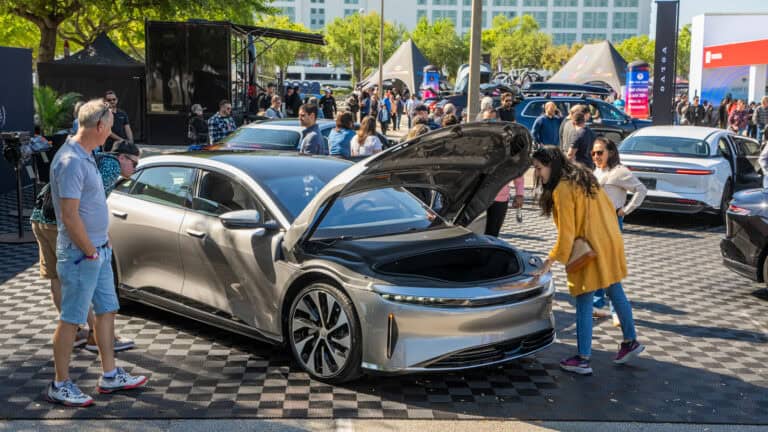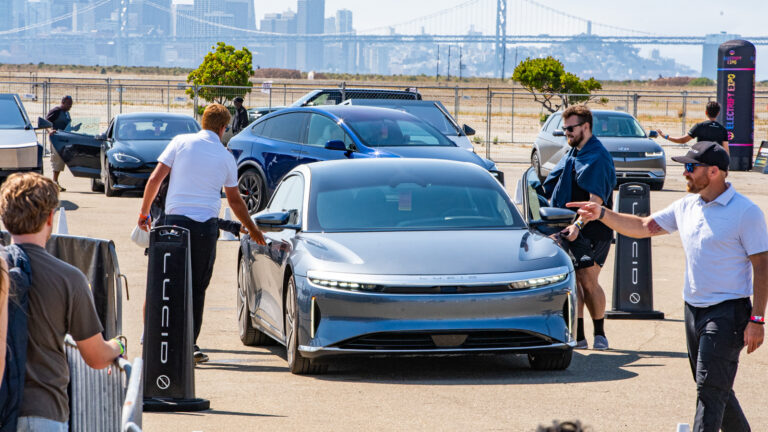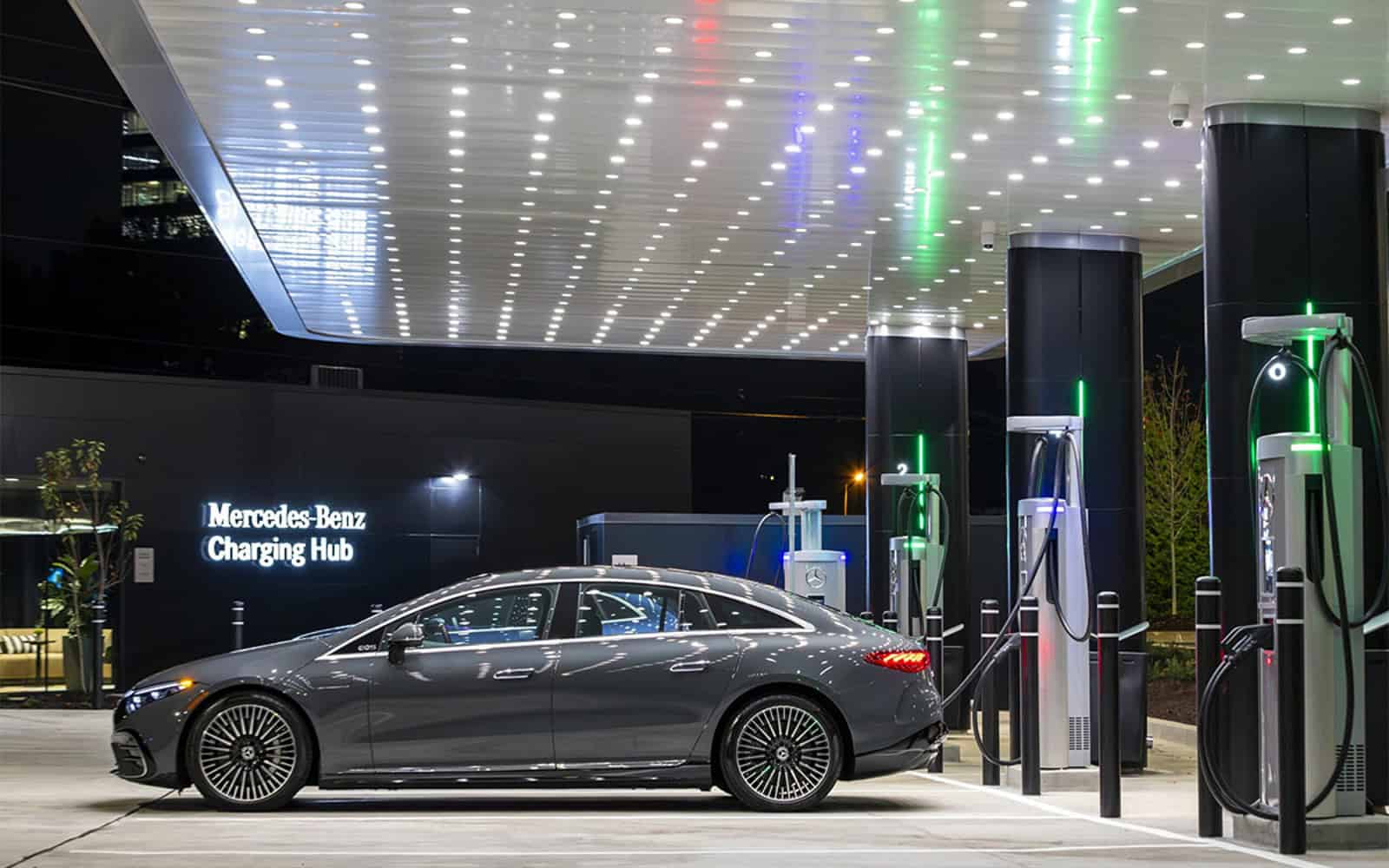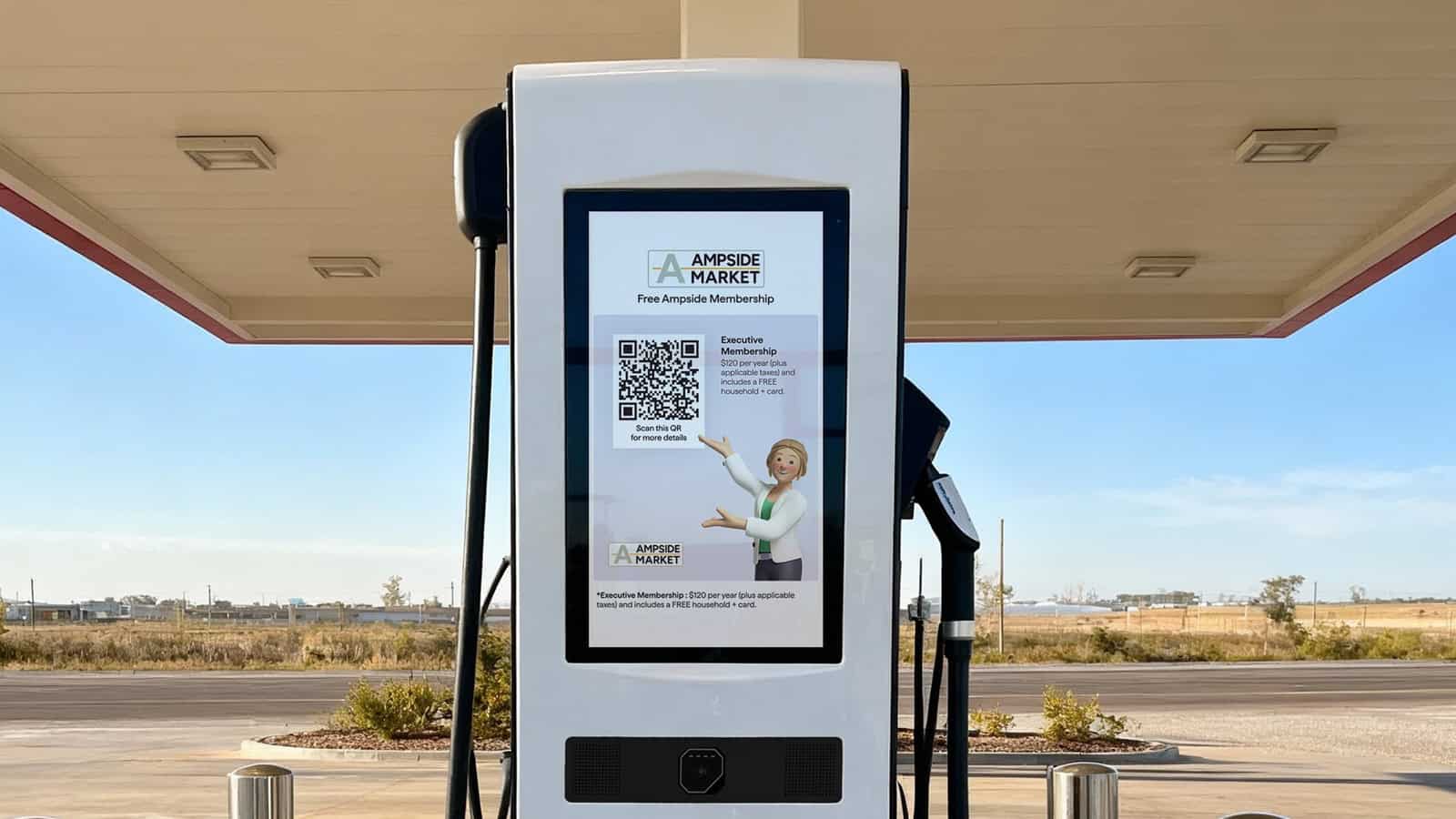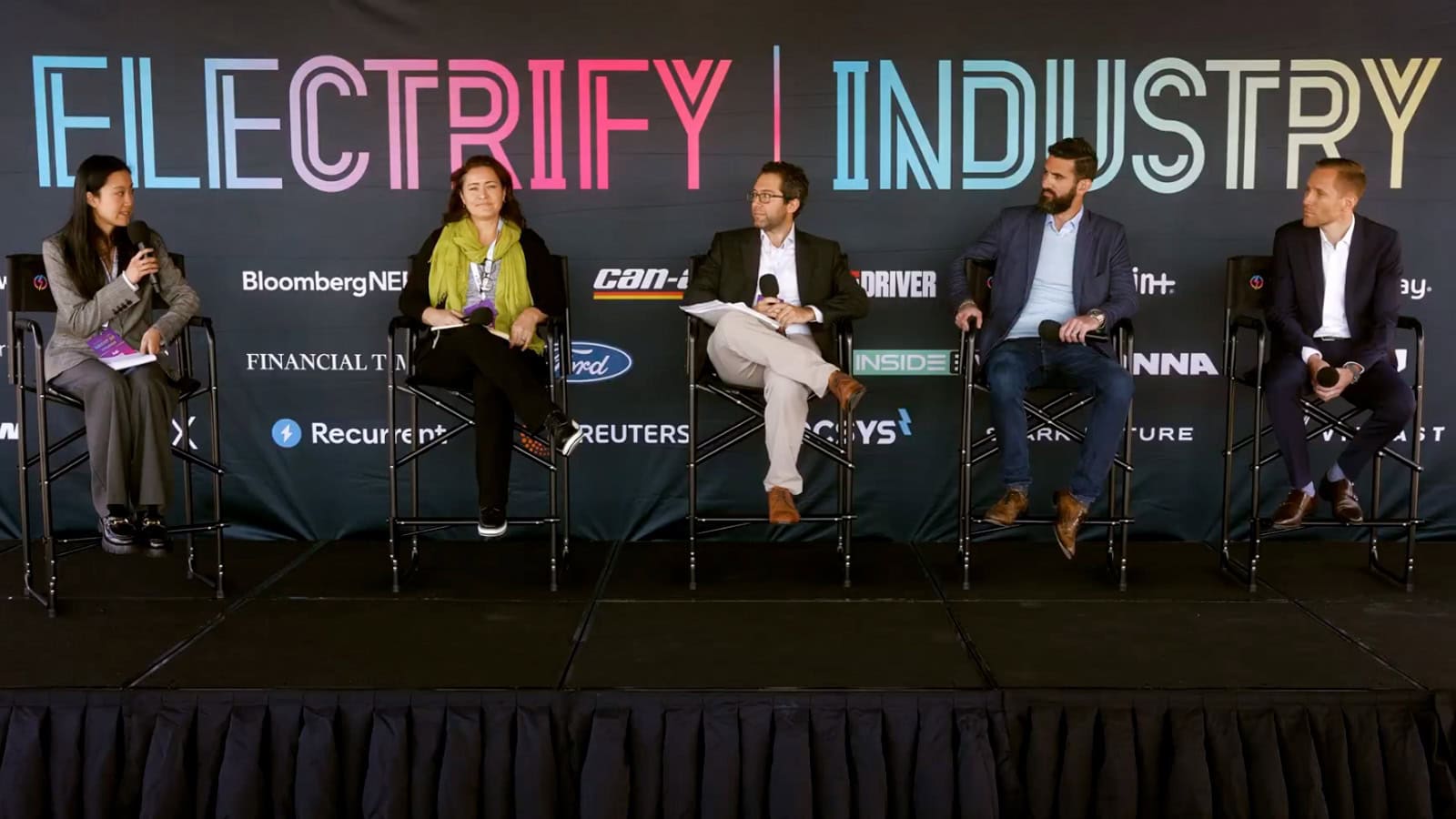- The Canada and United States Alternative Fuel Corridor is an ambitious initiative that guarantees EV drivers on both sides of the border access to charging infrastructure every 80 km (50 miles) along critical routes.
- Stretching from Kalamazoo to Québec City, this corridor connects major cities, ports, and highways.
- The corridor will have over 215 strategically located charging stations.
More and more Canadians are joining the zero-emission vehicle revolution. But here at Electrify News, we still feel like we regularly have to remind people that range anxiety isn’t something to fear. For Canadians and Americans alike who worry about driving long distances in EVs, a game-changing solution is on the horizon: the Canada and United States Alternative Fuel Corridor.
A Roadmap for the Eco-Conscious Traveler
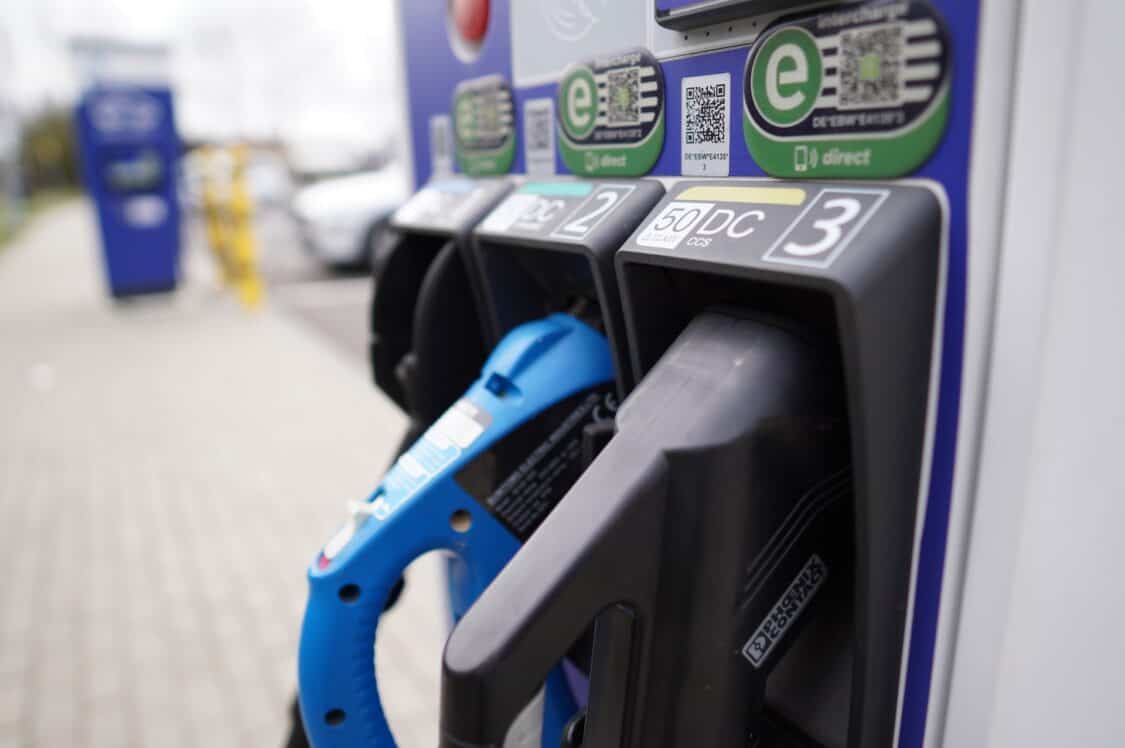
In a groundbreaking announcement back in May, the Honourable Omar Alghabra, Minister of Transport for Canada, and Pete Buttigieg, the United States Secretary of Transportation, unveiled the first-ever Alternative Fuel Corridor that stretches from Kalamazoo, Michigan, to Québec City, Québec.
This ambitious corridor ensures that drivers on both sides of the border can confidently head out on long-distance journeys without worrying about where and when they’ll be able to charge their vehicles.
Milestones of the Alternative Fuel Corridor
The corridor boasts a carefully planned network of electric vehicle charging infrastructure, conveniently spaced every 80 km (50 miles). Plus, it includes Direct Current (DC) fast chargers equipped with Combined Charging System (CCS) ports, allowing for quick and efficient charging sessions.
The corridor will go through critical routes such as I-94 through Detroit, Highway 401 in Toronto, Highway 20 in Montréal, and Highway 40 in Québec City, ensuring easy access to charging points for travelers and trade alike.
Benefits Beyond Borders
The Canada and United States Alternative Fuel Corridor is not just a convenience for eco-conscious road trippers; it holds far-reaching benefits for both countries. As one of the busiest passenger and trade corridors between Canada and the U.S., this initiative fosters economic growth and job creation in the automotive sector.
In addition, it strengthens Canada’s national transportation system, bolstering connectivity between major cities, ports, airports, railways, and highways.
Voices of Support
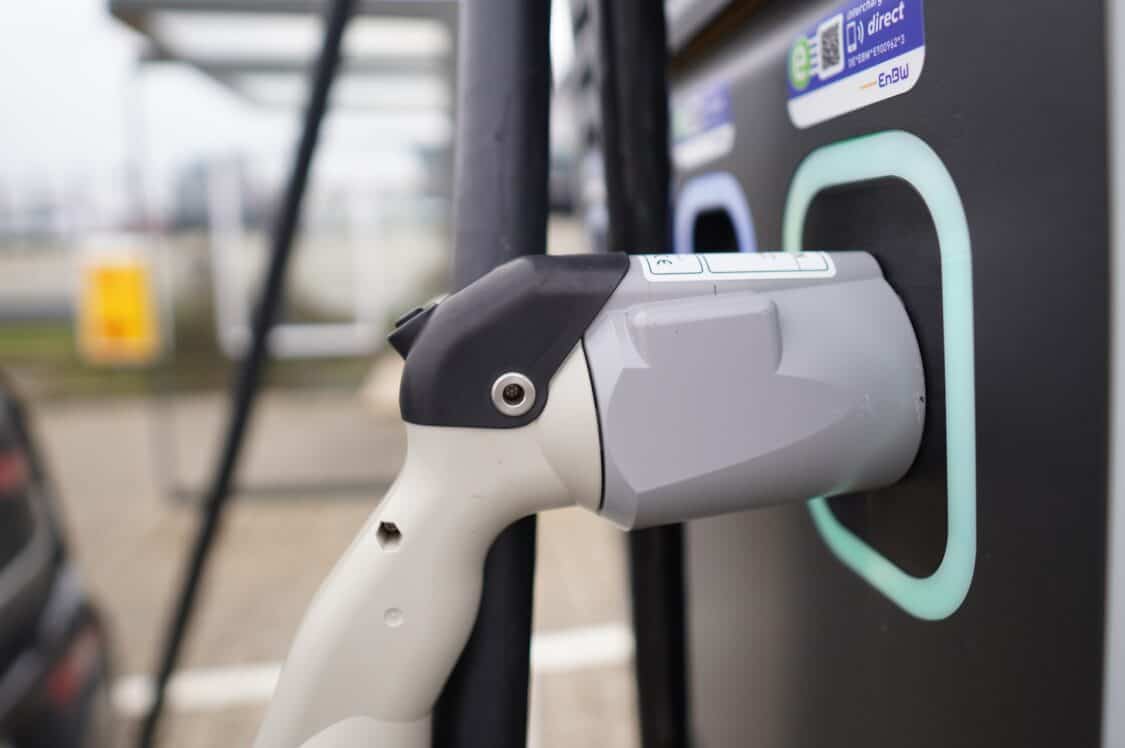
The Honourable Omar Alghabra emphasized the significance of this milestone, saying, “It contributes to bringing us another step closer to making our air cleaner while helping people save money on traditional fuels.”
Pete Buttigieg echoed the sentiment, highlighting the positive impact on climate change and job opportunities. Notably, Minister of Natural Resources, the Honourable Jonathan Wilkinson, underlined the government’s commitment to making zero-emission vehicles more affordable and charging infrastructure more accessible.
Roadmap to a Net-Zero Future
With over 215 strategically located stations along the Canadian highways, the corridor ensures that charging points are never too far away for EV drivers. As transportation accounts for a significant 23% of Canada’s greenhouse gas emissions, the shift to electric vehicles is pivotal in achieving a greener, more sustainable future.
ADVERTISEMENT

SOURCE | IMAGES: GOVERNMENT OF CANADA | SOPHIE JONAS
FTC: We use income-earning auto affiliate links. Learn more.


